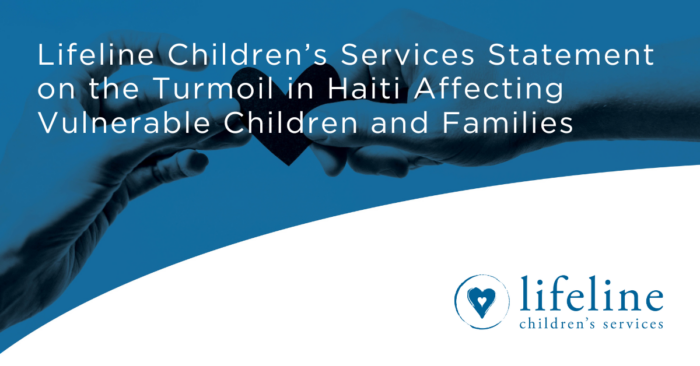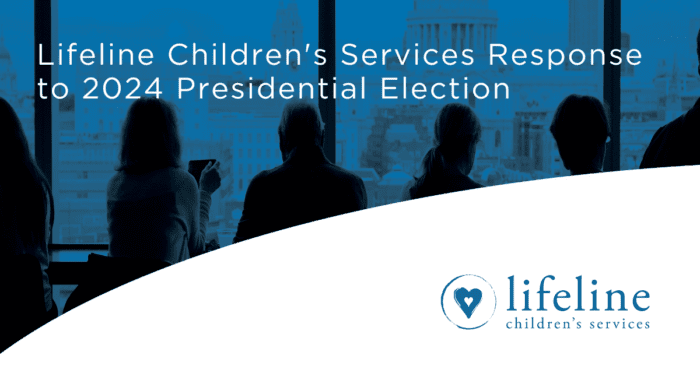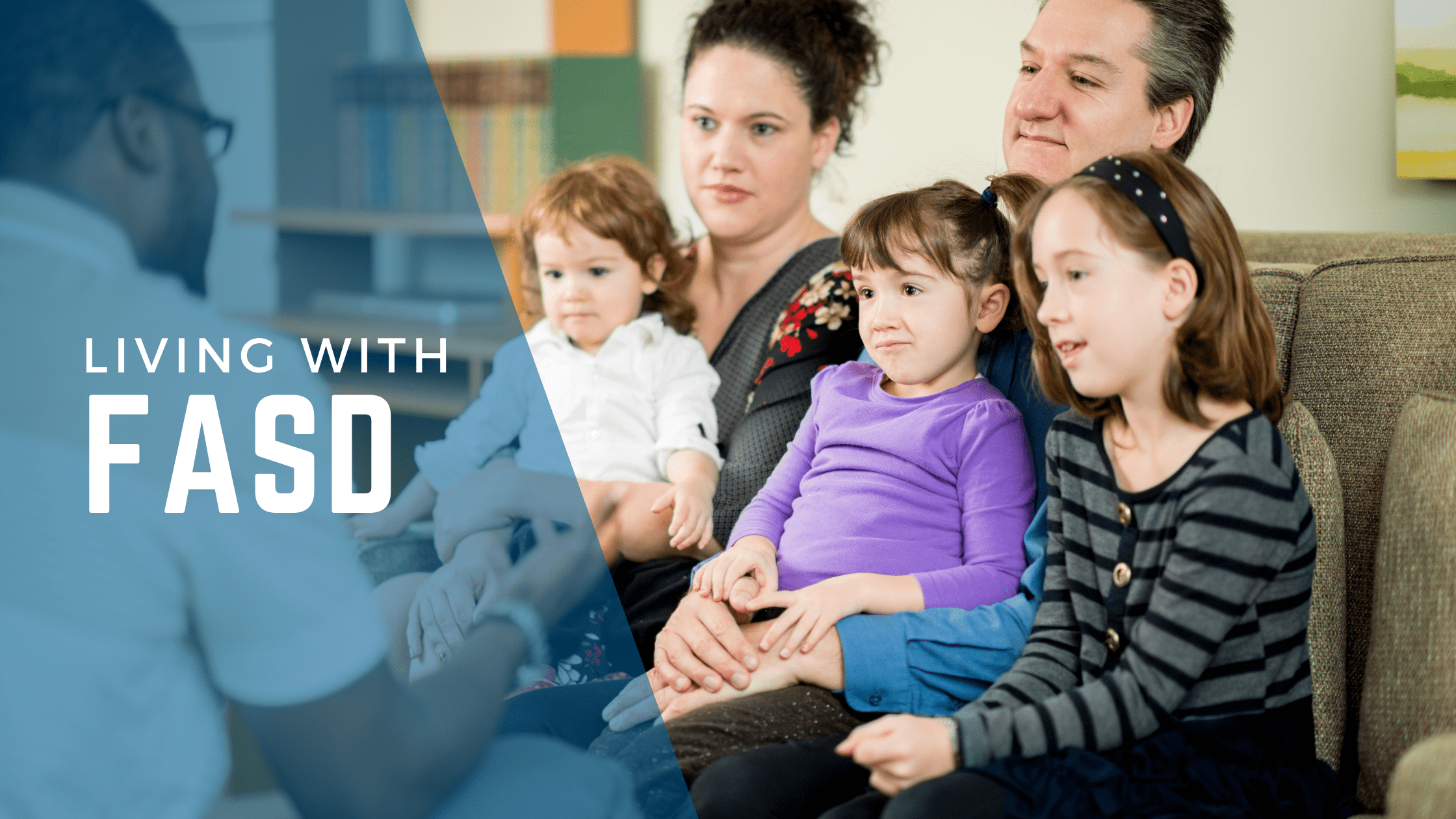According to Fetal Alcohol Spectrum Consultation Education and Training Services (FASCETS), Fetal Alcohol Spectrum can be described most simply as “an invisible brain-based physical condition with behavioral symptoms.” More specifically, FASD consists of physical, behavioral, and cognitive disorders affecting people exposed to alcohol prenatally. Exposure to alcohol in utero causes notable and permanent structure changes in the brain, resulting in lifetime brain injury and individualized disabilities. Alcohol exposure can also impact other areas of development, including defects in the kidneys, the central nervous system, the genitals, and skeletal structure.
The physical changes in the brain result in neurological and behavioral challenges for a child. According to the Institute of Medicine, of the varied methods of substance abuse (including cocaine, heroin, and marijuana), alcohol produces, by far, the most serious neuro behavioral effects in an unborn baby. Memory function, impulse control, judgment, and more are negatively impacted by the effects of alcohol.
FASD Diagnoses
FASD can be an umbrella term for at least four different diagnoses, based on these three criteria: a collection of specific facial features; evidence of impaired brain development or different learning activity levels; and physical growth and development difficulties.
- Fetal Alcohol Syndrome is the most well-known of the four diagnoses because it includes the physical, developmental, and social characteristics that are often the easiest to diagnose. First, a collection of specific facial features. Second, impaired brain development or different learning activity levels. Finally, growth difficulties such as small physical size, small head circumference, and low body weight and height.
- Neuro-developmental Disorder (ARD) rrefers to a complex range of disabilities in neurological development and behavior, adaptive skills, and self-regulation in the presence of confirmed alcohol exposure. This diagnosis can seem even more invisible than the others because of the lack of physical characteristics.
- Alcohol Related Birth Defects (ARBD) encompasses the physical defects linked to prenatal alcohol exposure; like heart, skeletal, kidney, ear, or eye malformations.
- Partial Fetal Alcohol Syndrome (PFAS) consists of central nervous system abnormalities like FAS. Individuals with PFAS may have some aspects of all three characteristics of FAS, but not every marker.
In all these diagnoses, prenatal alcohol exposure is the common cause. However, obtaining admission to the consumption of alcohol during pregnancy can be challenging for many reasons, including shame, fear of retribution or judgment, or lack of information. Therefore, many children are misdiagnosed with a myriad of other diseases or disorders.
What are symptoms of FASD?
Although facial features and other physical aspects of FASD impact children, it is primarily an invisible disability. Physical symptoms are not usually recognized by the general population. However, a person impacted by FASD exhibits behavior and a difference in social function that is observable and can be challenging to families, educators, employers, and others.
Below is a list of primary and secondary symptoms of FASD:
Primary Symptoms & Challenges
- Developmental level of functioning (dysmaturity)
- Sensory processing
- Nutrition
- Language and communication
- Slow processing speed
- Learning and memory
- Abstract thinking Executive Functioning
Secondary Symptoms & Challenges
If an individual with FASD does not receive needed support or accommodations, secondary challenges may occur.
- Easily fatigued
- Anxious, fearful
- Self-isolating
- Overwhelmed
- Argumentative
- Depression
- Frustration and anger
- Poor self-esteem
- Family and/or school problems
If someone with FASD continues to experience a lack of support and, therefore, failure to thrive in life, tertiary consequences can arise such as criminal involvement, addictions, social services or legal If someone with FASD continues to experience a lack of support and, therefore, fails to thrive in life, tertiary consequences can arise, such as criminal involvement, addictions, social services or legal involvement, or suicide. Secondary and tertiary symptoms and consequences can be prevented when an individual is given continued support and adequate accommodations to set them up for success.
How does FASD impact children?
In addition to the challenges that children and individuals face directly from the physical and neurological impact of prenatal alcohol exposure, children face tremendous struggles educationally and In addition to the challenges that children and individuals face directly from the physical and neurological impact of prenatal alcohol exposure, children face tremendous struggles educationally and socially. An accurate diagnosis of FASD can greatly impact their trajectory toward success. As previously mentioned, the necessary admission of alcohol consumption during pregnancy can be difficult to obtain. Recently, the criteria for a full diagnosis of FAS no longer requires the admission of alcohol consumption. Although this change brings progress, the other official diagnoses still require it. Without an accurate diagnosis, advocating for and receiving necessary services for children is difficult.
Furthermore, FASD diagnoses are often not diagnosed until a child reaches third or fourth grade when their developmental struggles become more noticeable. It is imperative to have accurate diagnostics due to the fact that FASD can easily exhibit signs of various other diagnoses such as ADHD, bi-polar disorder, sensory processing issues, failure to thrive, speech and language delays, reactive attachment disorder, learning disabilities, obsessive compulsive disorder, conduct disorder, seriously emotionally disturbed and oppositional defiant disorder. Children may be receiving multiple diagnoses, when they actually fall under the FASD umbrella.
Although these other diagnoses are not necessarily wrong, they only look at presenting behaviors. If these behaviors are understood to be willful and intentional, support plans will focus on changing a child’s behavior when, in fact, a child with FASD has experienced actual brain changes and cannot alter behaviors by sheer will. Instead, if behaviors are understood in light of a child’s brain differences, support and interventions will focus on changing the environment and providing adequate accommodations. Otherwise, children will begin to exhibit secondary and tertiary challenges when they are forced to exist in settings that do not recognize their physical brain impairments and provide adequate support.
What are some implications of FASD in families?
Traditional methods of parenting do not work for children whose brains have experienced any kind of trauma, including children with FASD. Parents can help their children with FASD by implementing more trust-based approaches to parenting. While seeking to connect, parents can focus on their children’s strengths and provide support to help them build confidence in those areas. Furthermore, parents must understand their children’s behaviors as a result of their neurological limitations and provide accommodations to help them navigate their world.
As parents journey with their children, they will benefit from assembling a wide range of specialists and experts such as a doctor, counselor, psychiatrist or psychologist, occupational therapist, speech thAs parents journey with their children, they will benefit from assembling a wide range of specialists and experts such as a doctor, counselor, psychiatrist or psychologist, occupational therapist, speech therapist, physical therapist, educational experts such as special education and maybe even parent coaching.
Practically, the following ideas can help parents on the daily FASD journey:
- Reframing behaviors as a result of neurological damage rather than willful disobedience.
- Respond to children’s needs and teach them to communicate when they are overwhelmed.
- Offer to redo a situation, and practice to build long-term memory and connections in the brain.
- Teach children self-regulation strategies, how to remain calm, and watch for signs of dysregulation.
- Be concrete in language to avoid confusion for children with FASD.
- Consistently use a chosen tool, like a sand timer, to help children with FASD learn and understand time.
- Be consistent and repetitive when teaching children with FASD, as they need time to learn and retain new information.
- Maintain simplicity in language and directions for children with FASD, as they may only hear every fourth or fifth word when they are dysregulated.
- Being specific and structured in directives for children with FASD.
What are the implications of FASD for school?
Next to home, school is where children spend much of their time. It is vital that the professionals working with children at school understand their unique needs and remember the diagnoses that fall under the FASD umbrella are not mental health disorders. Children with FASD have a physical disability because of the damage done to the brain. As a result, there is no difference between the accommodations needed for a child with FASD and a child who was born with a missing limb or Spina Bifida or cerebral palsy.


For example, a child in a wheelchair is given accommodation to provide access to the building; no one expects that child to get out of the wheelchair and walk. In the same way, children with FASD For example, a child in a wheelchair is given accommodation to provide access to the building; no one expects that child to get out of the wheelchair and walk. In the same way, children with FASD cannot modify their behavior because there’s physical damage to the brain. Parents may need to educate the school on the differences between making modifications for a child, expecting a child to modify their behavior, and working on accommodations that will help children have success at school.
Schools should qualify children with FASD under health rather than emotional behavioral disorder in their individual education plan at school. A heath qualification demonstrates understanding that they have a physical disorder instead of a behavioral disorder, and it can replace steps to change behaviors with modifications to the environment. Other accommodations may include the following:
- Providing a calming place in the classroom for when a child is having sensory overload.
- Allowing a child to have fidgets at their desk or a wiggle seat.
- Allowing a child to have noise canceling headphones, a weighted blanket or animal.
- Providing a visual timer to help concrete thinkers understand time and limits.
- Changing the decor in the classroom to calmer colors and less sensory overload by omitting the number of visual aids and artwork displayed.
- Providing a sensory rich environment.
- Providing plenty of activity that provides vestibular input like running, jumping, and swinging.
- Keep recess and high energy activities such as gym class in their daily schedule. Never let recess or PE be taken away.
Many of these modifications will not only benefit a child with FASD but can also be beneficial to other children in the classroom.
Lifeline Support
Our staff at Lifeline presents this information and more on the Lifeline Education Portal. There, you can learn more about how to live with FASD and to help children thrive.
We are ready to walk with families who are impacted by FASD with information, parent coaching, and counseling.






